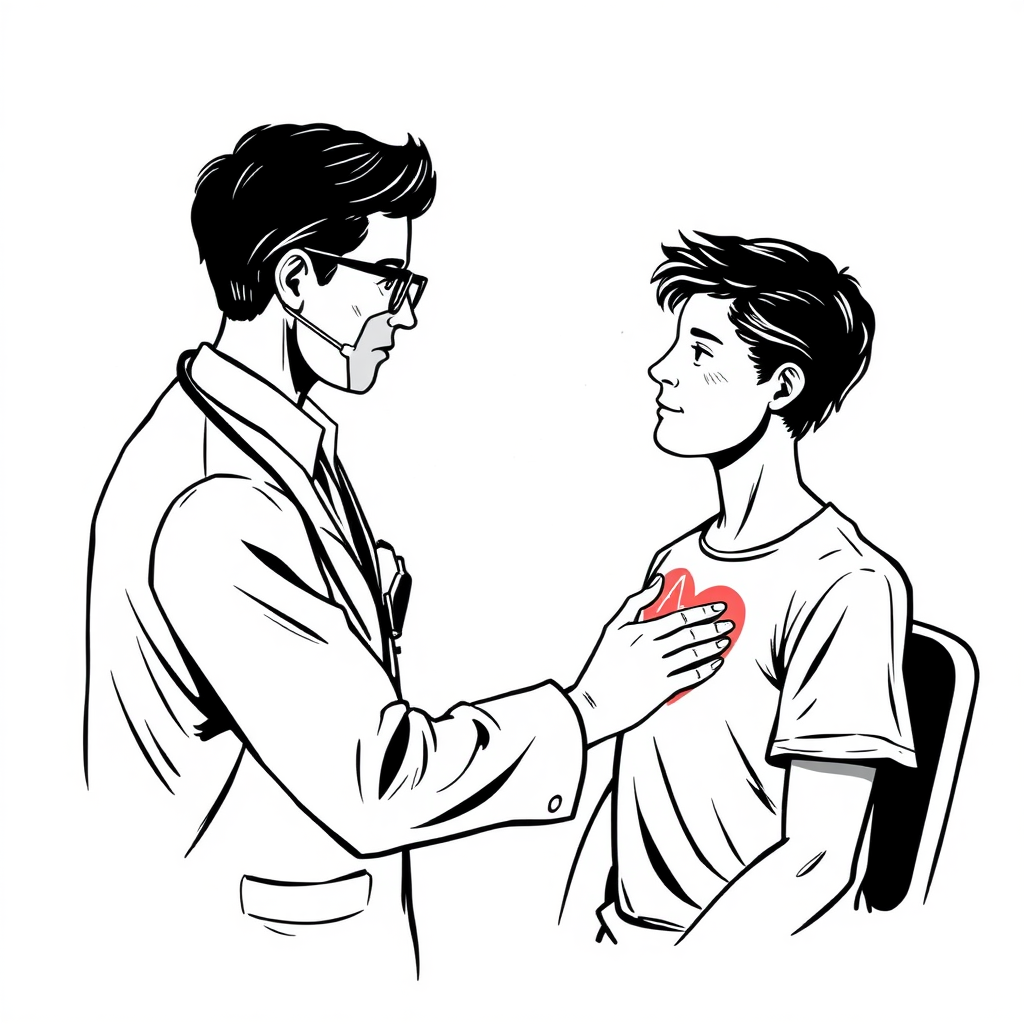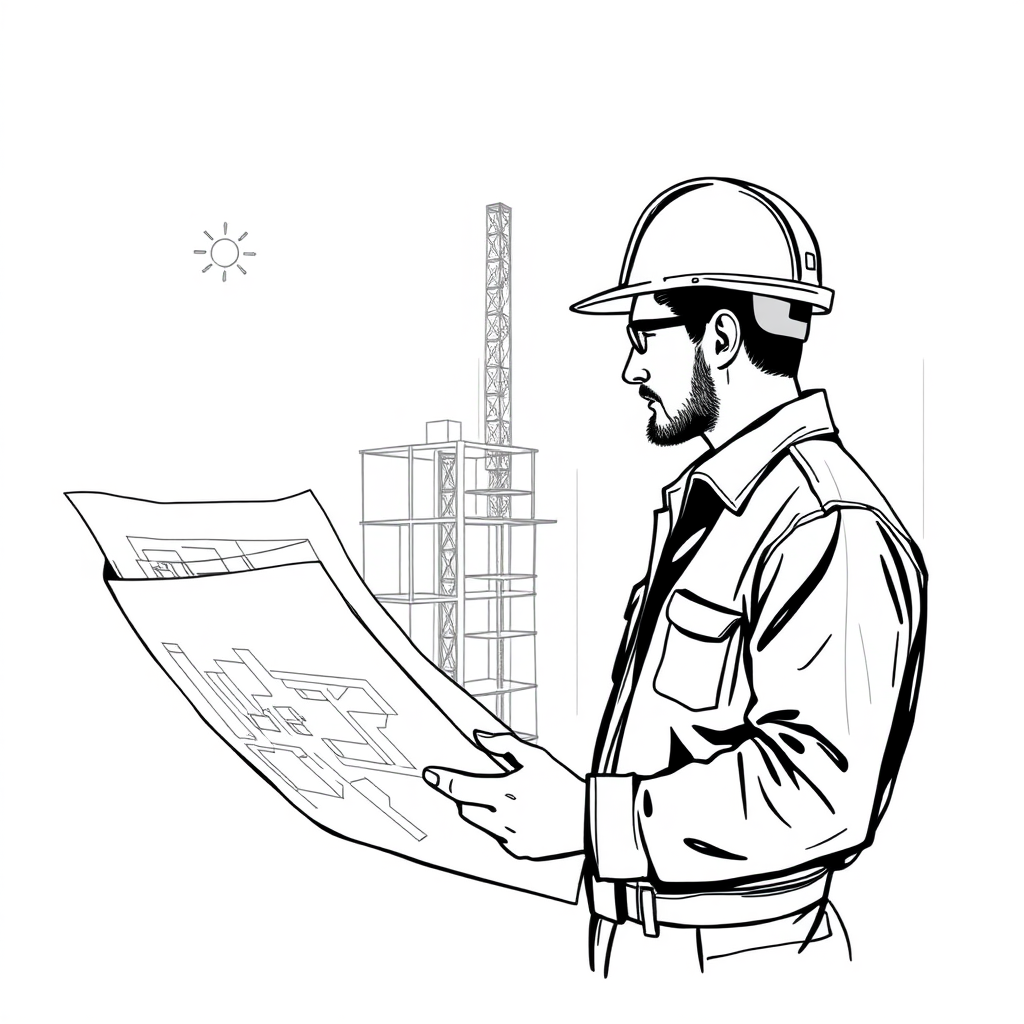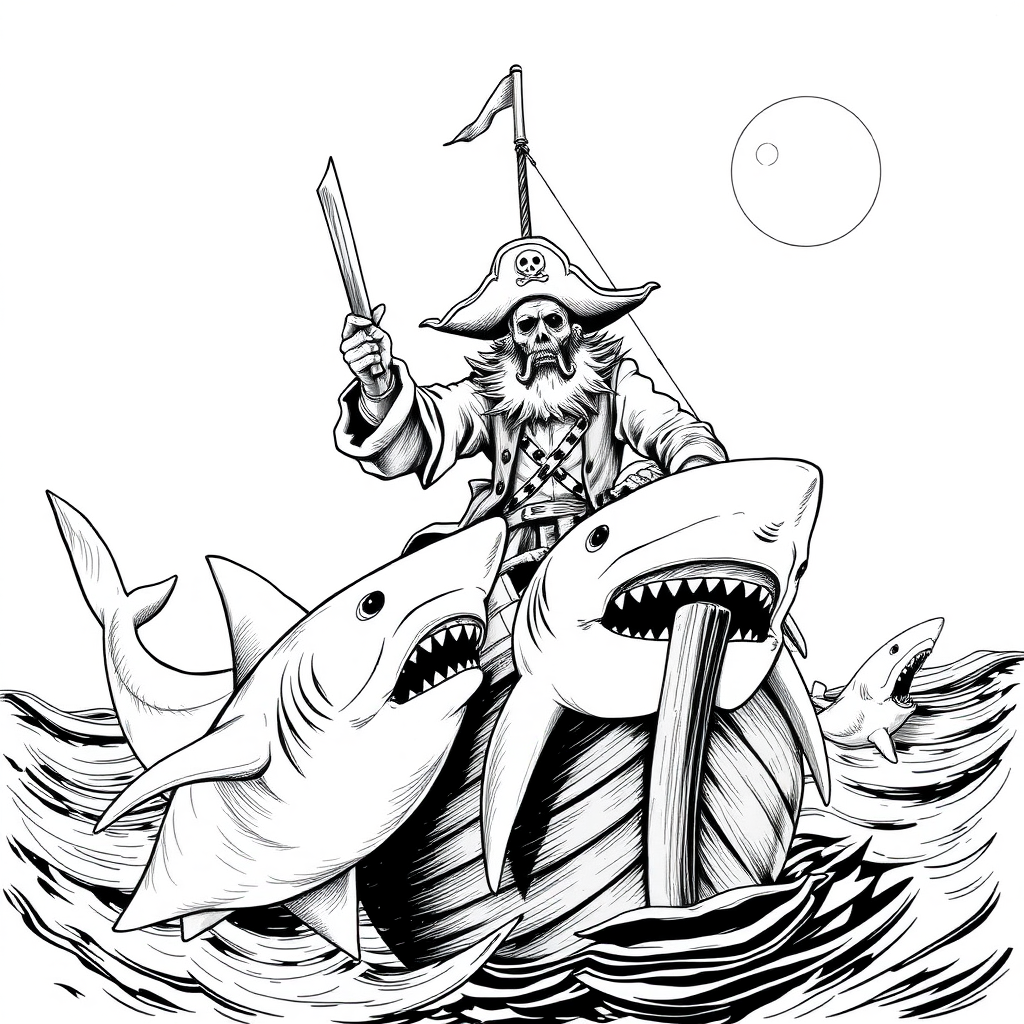In the digital industry, startups often face a common challenge when developing their first product. While there’s great potential for product managers to shine, a recurring pattern often leads to disaster. This blog post explores the typical approach and presents a more effective alternative for product development in startups.
Engineering-First Approach
The Engineering-First approach usually involves the company owner either taking on the role of product manager or hiring one, followed by bringing in a product designer. The owner typically dictates their vision to the designer, and then an engineering team is tasked with building the product. This process often occurs in isolation, with minimal customer interaction during development.
As a result, the engineering phase tends to drag on longer than anticipated, with requirements and design being figured out on the go rather than clearly defined from the start. After about six months, the engineers might have an alpha/beta version of the product. Initial reactions are often positive, leading to a scramble to complete the product while burning through funds at a high rate.

Some startups attempt to mitigate costs by outsourcing engineering to offshore firms, but this doesn’t address the underlying process issues. There is, however, a better approach that is more cost-effective and likely to yield desired results.
Design-Thinking Approach
This improved method involves a small team consisting of a founder (acting as product manager), an interaction designer, and a prototyper (roles that can sometimes be combined). This team engages in rapid product discovery, focusing on two key elements: creating high-fidelity prototypes that mimic the eventual user experience and validating the product design with real target users.

In this model, it’s normal to create dozens of prototype versions, with iterations occurring daily. These may involve minor refinements or significant changes, but each iteration brings you closer to identifying a winning product. This process typically takes a few weeks to a few months.
The outcome of this approach is either a validated product, a rich prototype serving as a living specification for the engineering team, or a deeper understanding of what’s needed to succeed. When engineering finally begins, the team has a clear understanding of the product and a stable specification, leading to faster, higher-quality implementation.
Why Startups Skip Design-Thinking
Many startups don’t adopt a design-thinking approach because the tech industry is engineering-driven, naturally starting with coding. However, it’s crucial to realize that everything begins with the right product. Figuring out what that product should be before burning through seed funding is essential.

This model isn’t limited to startups; larger companies can benefit too. The main difference is that bigger companies can usually afford several iterations to reach a valuable product, while startups often can’t. Nevertheless, there’s no reason for any company to endure unnecessary inefficiencies in product development.
For your next startup or new product development effort, consider trying this approach. It could save you time, money, and increase your chances of creating a successful product that resonates with your target market.


Leave a Reply